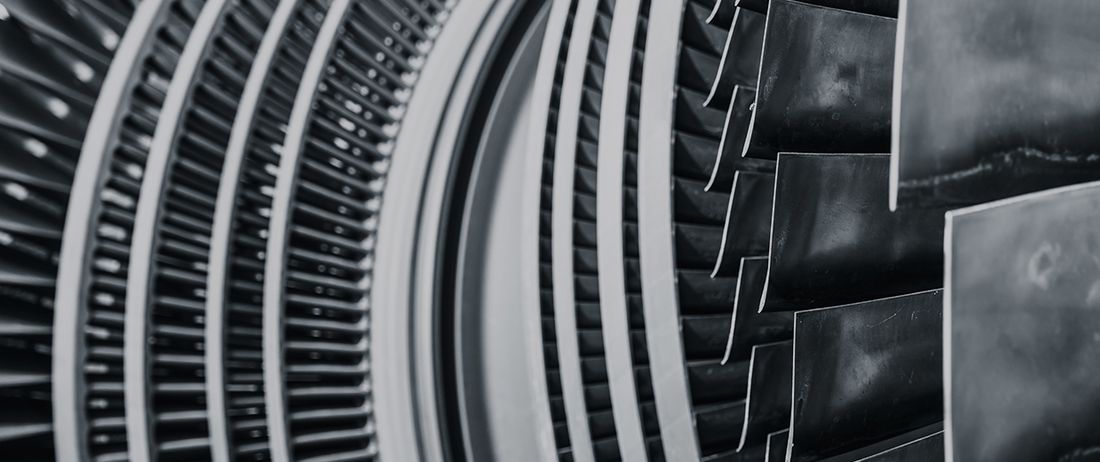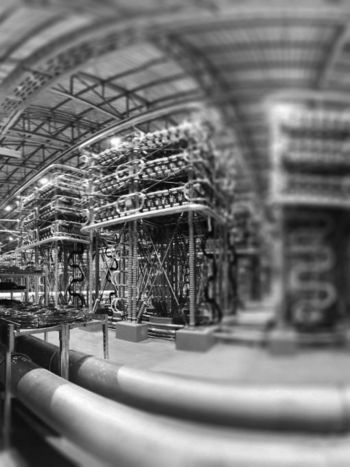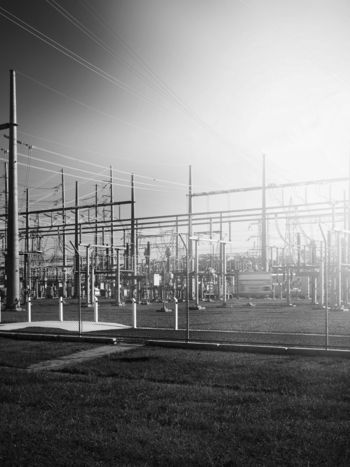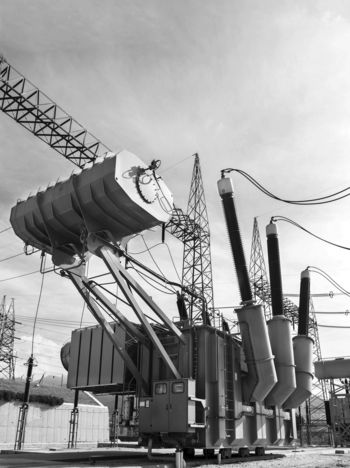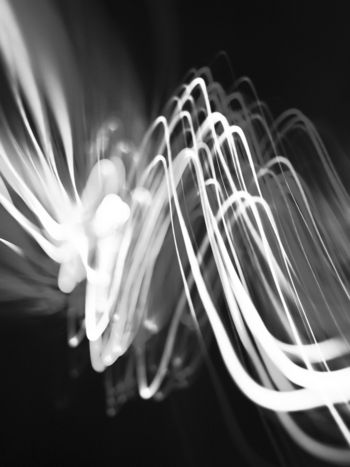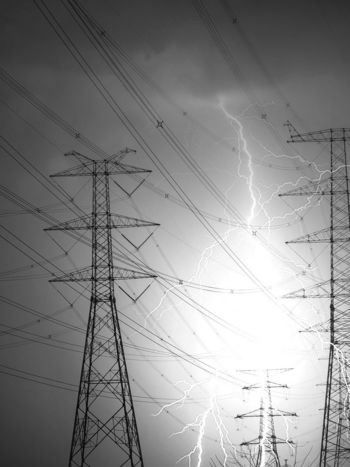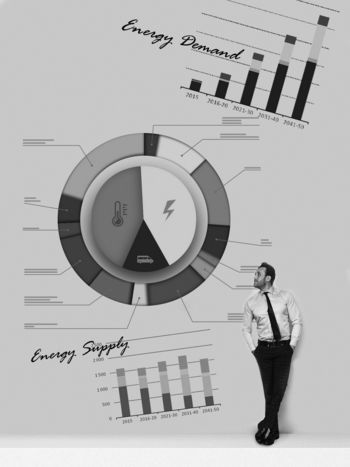Dielectric performance of insulating liquids for transformers
Dielectric liquids, in combination with solids, have been used for insulating transformers for more than a century. While mineral oils have dominated the market, new liquids with different molecular structures are now in common use. IEC TC14 recognised this trend and requested information on the functional properties of these new liquids in their Technical Report 60076-26.
Task Force Leader
(NO)
L. LUNDGAARD
Secretary
(UK)
Q. LIU
O. LESAINT (FR), S. TENBOHLEN (DE), I. MADSHAVEN (NO), R. FROTSCHER (DE), J. HAJEK (SE), P. SCHMITT (CH), C. WOLMARANS (ZA), B. BAKIJA (DE), D. VUKOVIC (DE), S. SINGHA (SE), Z. WANG (UK), A. GYORE (UK)
Corresponding Members: R. FRITSCHE (DE), K. KOSEOGLU (TR), G. PUKEL (AT), W. LICK (AT)
Background
In a transformer, liquids serve two main functions: as a cooling liquid and as an electrical insulator. Whereas in tap changers, lubrication and arc-quenching properties are also considered. This brochure addresses the dielectric performance of the liquids as used in a transformer - including the potential influence of solid insulation on the behaviour of the liquid. The aim of this brochure is to review the requirements and test standards of dielectric liquids as seen from a transformer designer, to review the behaviour of dielectric liquids under various electric stresses, and finally, to identify knowledge gaps.
The drivers for the adoption of new liquids have been their advantageous functional properties, such as biodegradability, low corrosivity, fire resistance and improved cooling performance. Experience has shown that the dielectric performance of these liquids may differ from that of conventional mineral oils.
Furthermore, during the last decades, considerable effort has been expended on more fundamental scientific studies of the breakdown phenomena for various liquids. With studies focused on the lengths and velocities of pre-breakdown discharges called streamers, and on voltage vs time-to-breakdown curves. The velocities of streamers vary from liquid to liquid, and depend on the applied voltage, field configuration, polarity, etc. Streamers propagate in different modes, and their velocities may vary up to 100 times depending on e.g. applied voltage. This influences the internal insulation coordination of transformers - particularly for lightning impulse, and while streamers in mineral oils behave quite similarly, behaviour in other liquids can differ considerably. Therefore, one aim of this brochure is to link scientific studies to industrial practices and standards.
How streamers start and develop will depend on the background field geometry. Two main situations may exist:
- “Initiation-controlled breakdown”. This corresponds to the situation where a streamer, once initiated, will systematically propagate to breakdown. Typically, under uniform fields and being very sensitive to contamination.
- “Propagation-controlled breakdown”. This corresponds to the situation where a streamer, once initiated, will not necessarily propagate to breakdown. Typically, under divergent fields (point-to-plane). Breakdown will depend on streamer velocity, gap and duration of the stress.
This distinction (initiation vs propagation) is of great importance for the correct interpretation of breakdown experiments, since initiation and propagation are not affected by the same parameters. For instance, the presence of pollution (water, solid particles) will have a considerable influence on streamer initiation under ac stress in a uniform field and have little influence on the propagation speed and length of streamers under lightning impulse stress in a divergent field. In addition, the liquid type can have a large influence on streamer breakdown speed in large nonuniform gaps, while less on initiation under uniform field.
During testing, the transformer must cope with the many different voltages from short impulses to power frequency ac. Higher voltages are used for impulses than for ac, which reflects the so-called insulation voltage-time (V-t) curve. While these test voltage ratios have been established for mineral oils and represent decades of experience, it is important to recognise that these V-t curves are for mineral oils and may not be valid for other liquids.
The chapters
Our focus is on describing the dielectric performance of dielectric liquids for use in transformer insulation systems and will consider the functional properties of these relevant for their use as a dielectric insulation material.
Chapter 1 provides the background for this brochure.
Chapter 2 presents a survey of commercial liquids, their chemistry and properties. The internal structure of a transformer (windings, leads and tap changer) is briefly described. Examples of field distributions and typical values for stresses and geometries are given. Finally, the voltage-time curves are discussed.
Chapter 3 reviews scientific experiments covering the dielectric performance of liquids: commercial liquids and model liquids. Pre-breakdown phenomena are described in detail with an emphasis on liquid chemistry, pressure, field distribution, etc. Also, the impact of creepage along solids and barriers is discussed. The chapter is split into three parts. The first part describes experiments in point plane gaps with propagation-controlled breakdown. The second part reviews experiments relating to initiation-controlled breakdown. Finally, the third part discusses other effects relating to breakdown.
Chapter 4 reviews publications covering physical mechanisms suggested to be involved in streamer propagation, and reviews models of the streamer propagation. Despite many interesting ideas, no model has proven able to describe a propagating streamer in all its complexity.
Chapter 5 reviews the three IEC documents relating to liquid testing:
- IEC standard 60156: Insulating liquids - Determination of the breakdown voltage at power frequency - test method.
- IEC standard 60897: Methods for the determination of the lightning breakdown voltage of insulating liquids.
- IEC Technical Report 61294: Insulating liquids - Determination of the partial discharge inception voltage (PDIV) - Test procedure.
Deficiencies and proposals for revisions of standards and industrial test methods are discussed in the context of new experimental results and other dielectric liquids, as well as user needs.
Chapter 6 reviews established industrial practices and methods for testing and dimensioning of transformer insulation, highlighting knowledge gaps. Suggestions for research for CIGRE and IEC are given.
Conclusions
It is evident that the dielectric performance of liquids is governed by their chemical composition. Some of the functional behaviours of non-mineral oil liquids may differ significantly from those of mineral oils. Established dimensioning rules based on mineral oil are therefore not directly applicable to other new liquids.
Existing international standard test methods for dielectric behaviour of liquids do not reveal the liquids' functional properties sufficiently and hence need revision.
The characterization and study of pre-breakdown “streamers” is important to better understand and predict the dielectric performance of liquids. Considering the major differences between “initiation-controlled” and “propagation-controlled” breakdown constitutes another important aspect in interpreting and extrapolating results. For example, differences in propagation velocities have an influence on insulation design when propagation-governed breakdown conditions occur (e.g. inhomogeneous geometries with low utilisation factors and large gaps).
While there have been many studies, further research is needed to better understand streamer physics. For example, differences between liquids with respect to streamer initiation (including the influence of electrode covering) are not fully documented, and of great interest for initiation-governed breakdown conditions relevant to many areas within a transformer.
Until trustworthy models for streamer propagation and breakdown are established, one must rely on testing to evaluate new liquids. With reliable physical models the need for testing would be reduced. It is therefore important to pursue the work on elucidating the mechanisms governing streamer initiation and propagation.
The literature included in this brochure covers a wide range of studies and serves as a good reference for future work.
